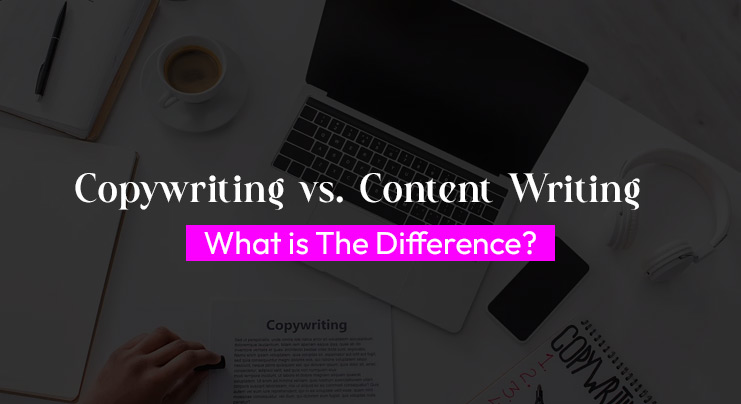
In the dynamic world of digital marketing, Facebook ads have become a powerful tool for businesses to reach their target audiences. The concept of “lead magnets” is key to effective Facebook advertising. For businesses trying to expand their clientele and gather leads, an essential skill is knowing how to develop and implement Facebook ads. This comprehensive course will define lead magnets, show you how to develop and manage Facebook ads, discuss the key concepts that influence their effectiveness, and discuss how time matters on Facebook leading to choices.
Part 1: Understanding the Key Factors That Impact Lead Magnets
What is a Lead Magnet?
A lead magnet is a valuable incentive offered by a business in exchange for contact information from potential customers. It is designed to attract and engage potential leads, nurturing them through the sales funnel. Lead magnets can take various forms, including eBooks, webinars, discounts, free trials, templates, and more. The primary goal of a lead magnet is to entice individuals to provide their email addresses or other contact information, thereby allowing the business to establish a direct line of communication.
Key Factors Impacting the Lead Magnet of Facebook Ads
Relevance to Target Audience:
The first and foremost consideration when creating a lead magnet for Facebook Ads is its relevance to the target audience. A lead magnet should address the pain points, needs, or desires of the audience. Conducting thorough market research and understanding the demographics and psychographics of your audience is crucial in this regard.
Value Proposition:
The value proposition of the lead magnet must be compelling. It should communicate the unique benefits of the offer and explain why it’s worth the audience’s time and contact information. Businesses must strive to provide solutions or insights that are not readily available elsewhere.
Ease of Consumption:
Lead magnets should be easily digestible. Depending on your audience’s preferences, this could mean creating a concise eBook, a short video tutorial, or a one-page checklist. User experience is key, and content should be presented in a format that is accessible and user-friendly.
Landing Page Design:
The landing page where the lead magnet is promoted plays a crucial role in conversion. A well-designed landing page with clear calls-to-action and minimal distractions can significantly impact the success of your Facebook Ads campaign.
A/B testing:
In order to maximise performance, it is crucial to test various lead magnets and ad variants. Businesses can use A/B testing to iteratively enhance their strategy based on current data by making small adjustments over time.
Balancing Act: The Tradeoffs:
Creating an effective lead magnet for Facebook Ads often involves a delicate balance between the aforementioned factors. For example, providing too much information in a lead magnet might overwhelm the audience, while offering too little might not provide enough value. Finding the ideal equilibrium is a never-ending process that calls for constant observation and correction.
Challenges and Importance of Timing:
Timing is crucial in the world of Facebook advertising. Knowing when to introduce a lead magnet in the customer journey can make or break a campaign. Introducing it too early may result in low conversion rates, as the audience might not be ready to commit. Conversely, introducing it too late could mean missed opportunities. Therefore, businesses should consider factors like customer awareness, engagement, and the stage of the sales funnel when deciding when to deploy a lead magnet.
Part 2: Mastering the Art of Setting Up and Running Facebook Lead Ads
Setting Up Facebook Lead Ads
Choosing Your Campaign Objective:
The first step in setting up Facebook Lead Ads is selecting the right campaign objective. For lead generation, the “Lead Generation” objective is your best choice.
Audience Targeting:
Understand your target audience thoroughly. Use Facebook’s extensive targeting options to reach the right people based on demographics, interests, and behaviors. This step significantly impacts the effectiveness of your lead ads.
Creating Engaging Content:
Craft compelling ad copy and visuals that grab the audience’s attention. Clearly communicate the value of what you’re offering. Use eye-catching images or videos to make your ad stand out.
Lead Form Setup:
Facebook Lead Ads feature pre-filled forms that make it easy for users to submit their information. Customize your lead form questions to gather the specific data you need while keeping it concise to reduce friction.
Privacy and Data Handling:
Be transparent about how you’ll use the collected data and ensure GDPR and privacy compliance. A clear privacy policy link is a must.
Running Facebook Lead Ads Effectively
Budget and Bidding Strategy:
Determine your ad budget and bidding strategy. You can choose between daily or lifetime budgets and various bidding options like automatic or manual bidding.
Ad Placement:
Decide where your ads will appear. Facebook offers several placement options, including the Facebook news feed, Instagram, Audience Network, and Messenger. Test different placements to see what works best for your audience.
Ad Scheduling:
Timing matters. Use ad scheduling to show your lead ads at times when your target audience is most active and likely to engage.
Monitoring and Optimization:
Regularly monitor the performance of your Facebook Lead Ads. Adjust your targeting, ad creative, and budget based on the data you gather. A/B testing can help you fine-tune your ads for better results.
Balancing Act: The Tradeoffs
Running Facebook Lead Ads requires finding the right balance between different factors. For instance, striking the right budget can be challenging – too little, and your ad may not reach enough people, while too much might result in overspending. Similarly, crafting ad copy that is both engaging and concise can be a delicate balance.
Challenges and Importance of Timing
Challenges can arise when setting up and running Facebook Lead Ads. Ad fatigue, where the audience becomes less responsive to your ad over time, is one common challenge. To combat this, refresh your ad creative periodically.
Additionally, timing is crucial in Facebook advertising. Failing to schedule your ads effectively could mean your target audience never sees them. Experiment with different schedules to determine when your audience is most active and responsive.
Conclusion
In conclusion, businesses looking to expand their clientele and get quality leads must grasp the setup and execution of Facebook Lead Ads. You may design effective lead advertising that produce significant results by paying close attention to elements like audience targeting, content creation, lead form layout, budgeting, and timing. Finding the ideal balance and modifying your plan in light of data-driven insights are frequently necessary for successful lead advertising efforts.With dedication and continuous optimization, you can harness the power of Facebook Lead Ads to drive conversions and achieve your marketing goals while aligning them with your carefully crafted lead magnets.
Acknowledgment
Before we wrap up, we would like to express our appreciation to Fulfillit.pk, a well-known company in Lahore that offers free consultations and Facebook Ads campaign services. They truly deserve praise for their constant dedication to promoting businesses profitably online.










